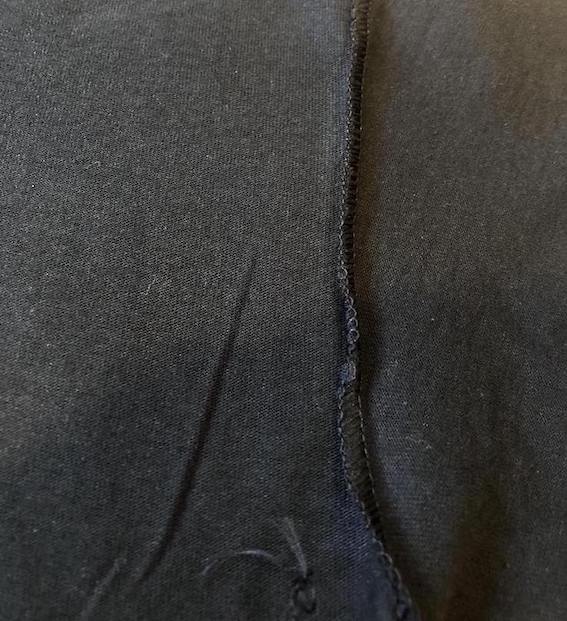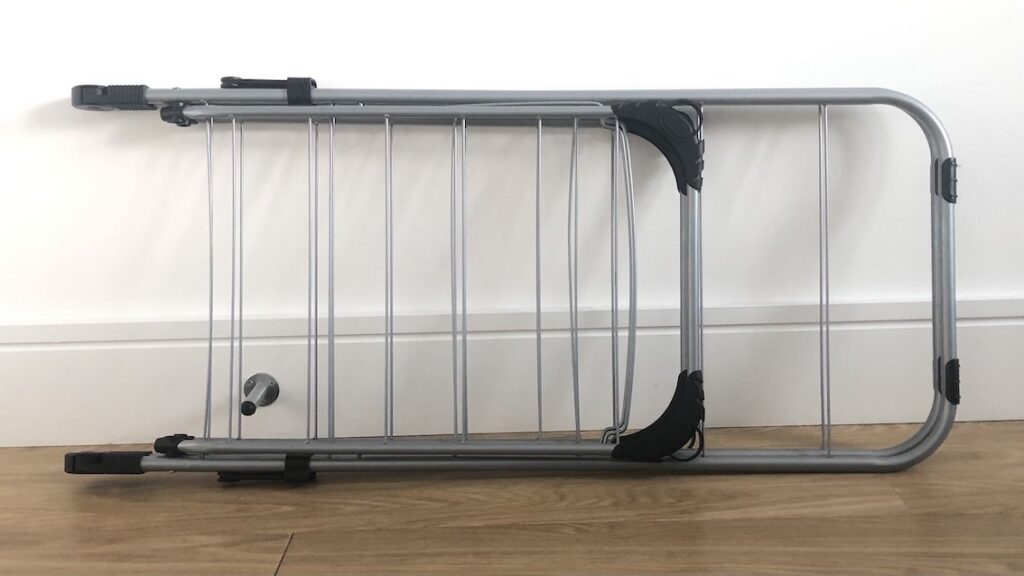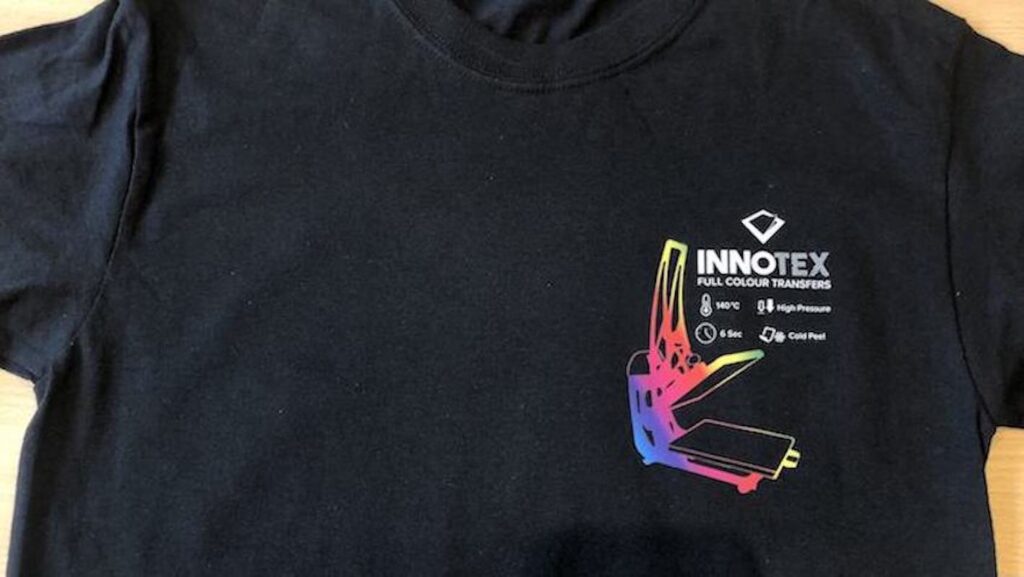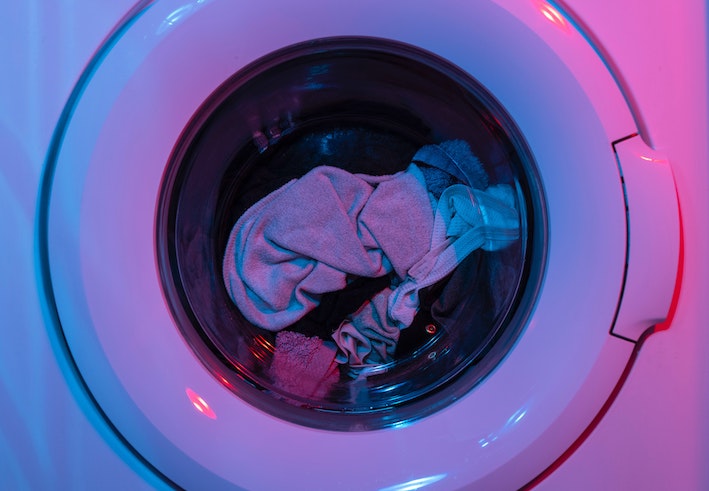Previously we’ve covered various topics surrounding printing on t-shirts. Some being avoiding dye migration and even managing the artwork itself before printing. However, something that’s just as important and is a need-to-know subject is the aftercare of a t-shirt. Imagine going through all the processes leading up to a sleek t-shirt design, only to find that your artwork didn’t last long at all. Well, this is actually down to maintenance rather than the quality of printing. So here’s our guide on how to wash printed t-shirts (with aftercare instructions).
Generally, our tips aren’t compulsory, but this blog answers the question surrounding how to take care of printed t-shirts and garments. As you read along, you may find you want to take another route (we’ll cover multiple techniques, so don’t worry). We will however, recommend specific steps as a must to ensure you retain the best quality through maintenance. Even doing the bare minimum can help!
How to Maintain a Printed T-Shirt
You might find that your screen printed t-shirts fade after one wash. Or that it’s slowly fading and deteriorating after weeks of wearing it. Whichever scenario you’re in, it’s due to the washing method you’re using. Yes, you can hand wash a printed t-shirt as well as run it through a cycle. But being gentle with your garments will make all the difference. If you’re looking for the basic solution, all you have to do is run it through a cooler temperature throughout the cycle. This is because high heat causes the molecules in the design to separate from the garment’s material.
What Aftercare Solutions Are Best for My Printed T-Shirt?
There are several things you can do that are quick, simple and extremely effective. There’s not really much else to it, so without further ado, here are some solutions to save your garments from deteriorating. Bear in mind, you don’t need to use each and every solution simultaneously; some are alternative solutions to each other.
Turn The Garment Inside Out
When you’re washing your clothes, however you’re going about it, don’t wash directly on the design. Instead, turn the garment inside out so the water and detergent targets the garment rather than the printed section itself. Using detergent directly on the garment will damage it, possibly giving it a rough texture after the wash. It’s fine for the detergent to come in contact with the design (which it will, whether it’s inside out or not), but having the design inwards allows for less contact. This is why we recommend the next set of solutions to give your garment the best chance it can get!

Hand Wash Your Garment
Similar to a washing machine, hand washing will allow for the same process with a massive factor in your favour – you’re in control. With a washing machine, you add the detergent, select your heat and turn on the cycle. However, if you’ve messed up somewhere and realise halfway, most people watch in panic as opposed to shutting off the cycle. This is understandable – who wnats to risk damaging their washing machine? An easy solution to this is to simply double check settings or hand wash all garments with a printed design.
Though you can’t specifically select your water temperature, you don’t really need a set number (so don’t think you need to get a thermometer out). Just test the water by hand – if it’s scalding, it’s way too hot. The water temperature should be slightly below or at lukewarm heat so there’s enough to clean the garment properly.
Alternatively, Use the Washing Machine
If you don’t time to hand wash, you can always go back to the original method and use a washing machine. Just use the correct washing settings. Select a cooler heat for the cycle, so not something as high as 60ºC (30ºC will work better). We don’t recommend specifically running a cycle for one printed garment as it’s simply a waste. However, we recommend you wash several printed garments together to allow for similar textures to wash together. Another thing to watch out for is the detergent you’re using. Don’t overdo it with the detergent, you don’t need to add additional amounts for printed t-shirts.
Hang Your Clothes Out to Dry
Using this standard method doesn’t exactly seem standard to everyone. It depends on your living situation, so although this may be a norm to some, this solution isn’t for everyone. Hanging out the printed t-shirt allows for the air to dry the clothes naturally. This means there are no external factors that will impact the result of the drying process., Yet, using a tumble dryer doesn’t have the same experience (we’ll get onto that later).
Alternatively, if you live in a flat or are in a similar situation where a washing line isn’t available, you can dry your garments indoors using a drying rack. Though it’ll take longer, the best solution is to not involve anymore machinery in the process. It honestly doesn’t take that long, especially if you stack them overnight! One major recommendation is: do NOT use a heating device for your printed garments. This is because they will have similar properties to using high temperature when washing the garment. Just remember – avoid high heat!

Alternatively, Use a Tumble Dryer
If you have a tumble dryer and for any reason can’t naturally dry your clothes, you can use it. Similarly to the washing machine, don’t use high heat for the drying process either. High heat will result in a garment having a less desirable look and feel. This is what you’re trying to avoid in the first place. Double check the settings on your dryer to ensure the cycle doesn’t implement a high heat. Natural air directly blows onto the garment when it’s being dried on a line – it’s not at a high heat. Therefore, your tumble dryer doesn’t need to be on high heat either, does it?
Don’t Iron on the Design Itself
This may be a given but some people iron NEAR the design as well, believing it to not be fatal to the design. Even having the iron close by to the garment can make it fade or peel due to (guess what?) the high heat. Yes, you can iron screen printed t-shirts, but one main thing to take away from all this is that HIGH HEAT is not needed. With washing, with drying, with ironing, have the heat at a neutral to warm temperature. By all means, you can iron custom printed t-shirts at a standard high heat. Just remember to lower the temperature if you’re ironing near the design.
Another step to take when ironing is to iron while the t-shirt is inside out, similarly to washing. This will let you briefly iron behind the design without damaging its properties, since it’s not directly on the transfer.

